
Before Covid hit in March last year, I was making a decent income of about $4,000 per month as a freelance video producer. But as the pandemic intensified, those gig earnings quickly dwindled to $700.
Due to all the uncertainty about the future, I found myself sleeping on a futon at my sister's house in New Jersey. I felt restless and missed all the traveling I used to do for work.
But a few months later, my prayers were answered: Croatia announced that it would start offering a one-year residence permit to digital nomads (anyone outside of the European Union working remotely) in January 2021.
I had visited Croatia before and was utterly captivated by the country, so I decided to apply.
Get top local stories in Southern California delivered to you every morning. Sign up for NBC LA's News Headlines newsletter.
Getting Croatia's digital nomad residence permit
I did a lot of prep work between April and December before getting approved for the permit.
The application processing fee was $100, and to qualify, I needed to have a monthly income of at least $2,750. So throughout the following months, I aggressively built a recurring income stream from freelance gigs (video producing and copywriting) through Upwork.
By December, I was back to making around $4,000 per month. I was also an obsessive saver and rarely spent my earnings. So with the $76,000 I had in my savings account, I felt financially secure enough to live abroad.

In addition to the income requirement, I needed to show proof of international health insurance (which I got through a U.S.-based travel insurance company called Seven Corners), obtain an FBI background check and provide an address I'd be staying at.
Money Report
I spend much less in Croatia than in the U.S.
I currently live in Split, Croatia's second-largest city, located on the eastern shore of the Adriatic Sea.
The views are gorgeous, and the cost of living is much cheaper compared to most major U.S. cities. The average rent for a one-bedroom in Jersey City, for example, is $2,779 (not including utilities), according to rental listing website RentCafe.
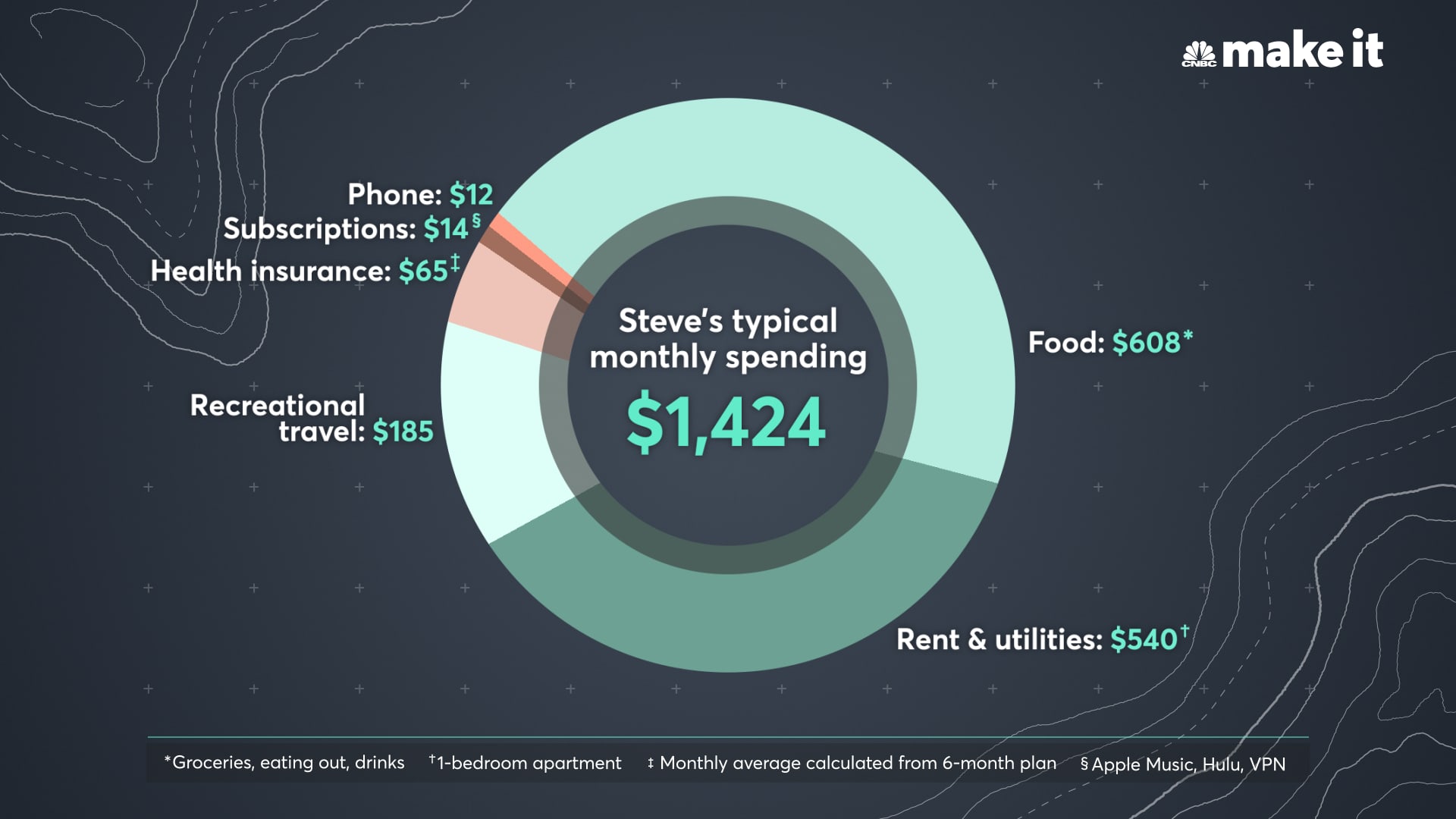
I live by myself in a 650-square-foot apartment, which I found through a Facebook group for expats in Croatia. I'm renting directly from the owner for $540 (including utilities) per month.
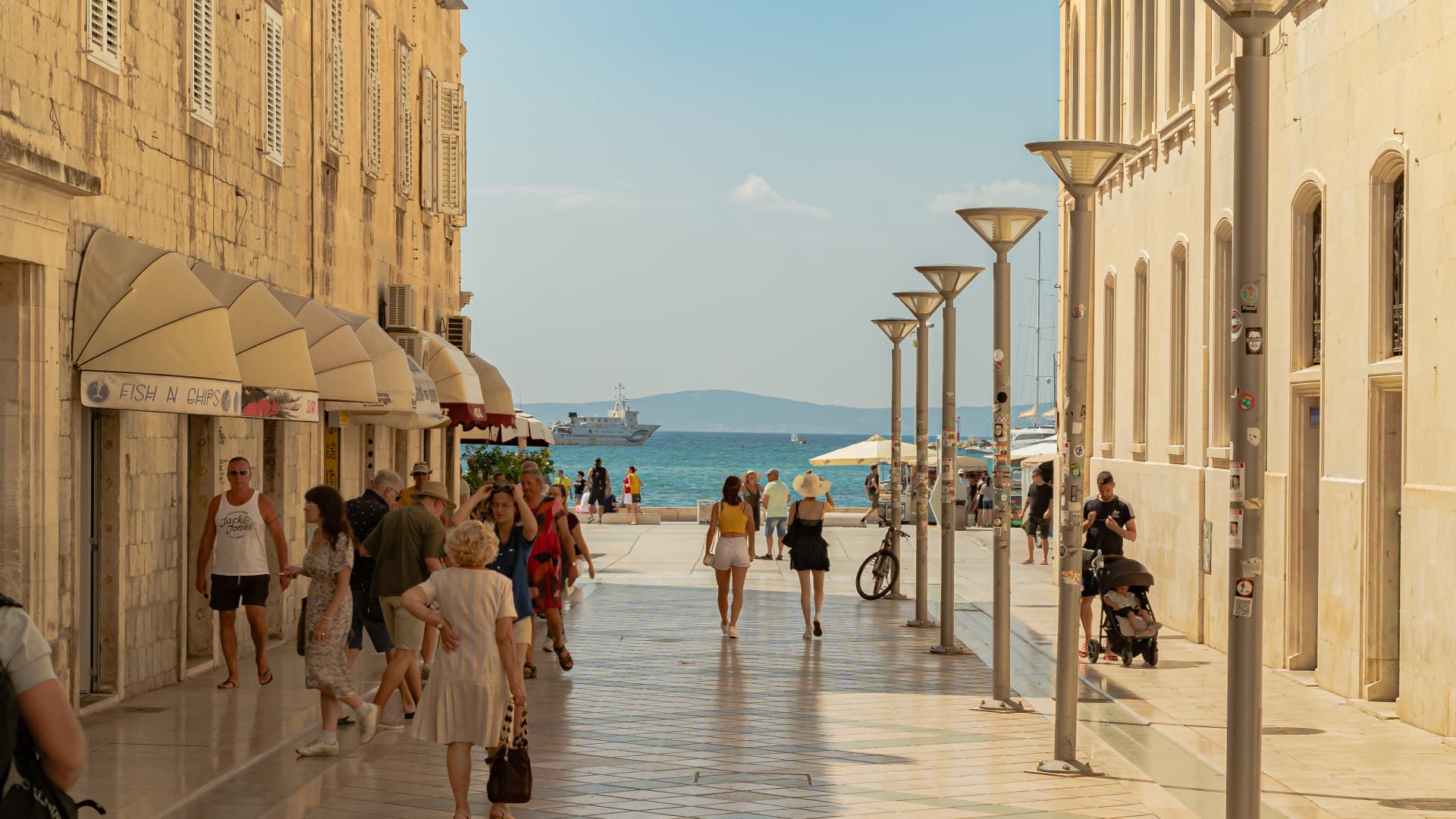
I spend an average of $47 a day. Here's a monthly breakdown (as of June 2021):
- Rent and utilities: $540
- Health insurance: $65
- Food (groceries, eating out and drinks): $608
- Subscriptions: $14
- Phone: $12
- Recreational travel: $185
Total: $1,424
How I spend my days
As soon as my alarm goes off at 6:30 a.m., I'll make some Turkish coffee and have a simple breakfast — usually some eggs, vegetables, cheese and toasted bread.
Then I dive straight into my freelance projects. I try to put in about eight hours of work on weekdays. Since most of my clients are based in the U.S., I'll schedule work calls on Eastern or Pacific Standard Time.
If I feel like eating out for lunch ($10 to $14, including tip), there are several places within walking distance. I love trips to the bakery for a tasty burek, a savory pastry typically filled with meat or cheese ($2 to $3).
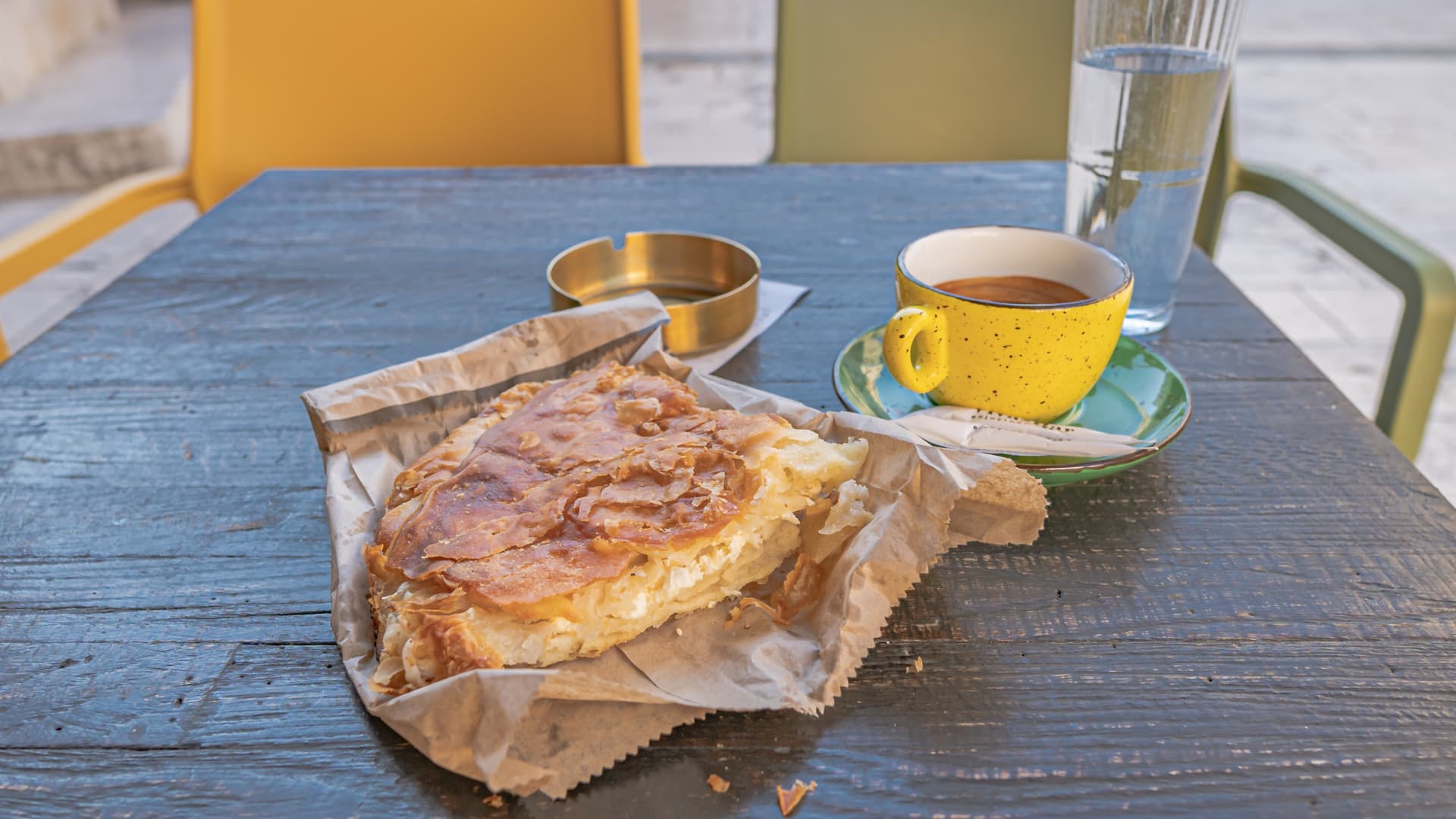
A nice dinner on the coast will include lots of seafood dishes like tuna, octopus and squid ink risotto ($18 to $30, including drinks and tip).

I'm a pretty social person, and I've met a lot of great people in Split — both locals and other expats. On weekends, I could spend hours having meaningful conversations with friends over $2 espressos.
From my apartment, I'm a three-minute walk to the famed ruins of Diocletian's Palace. Built at the turn of the fourth century and considered the heart of the city, the streets of this UNESCO World Heritage Site have been worn smooth by pedestrians.
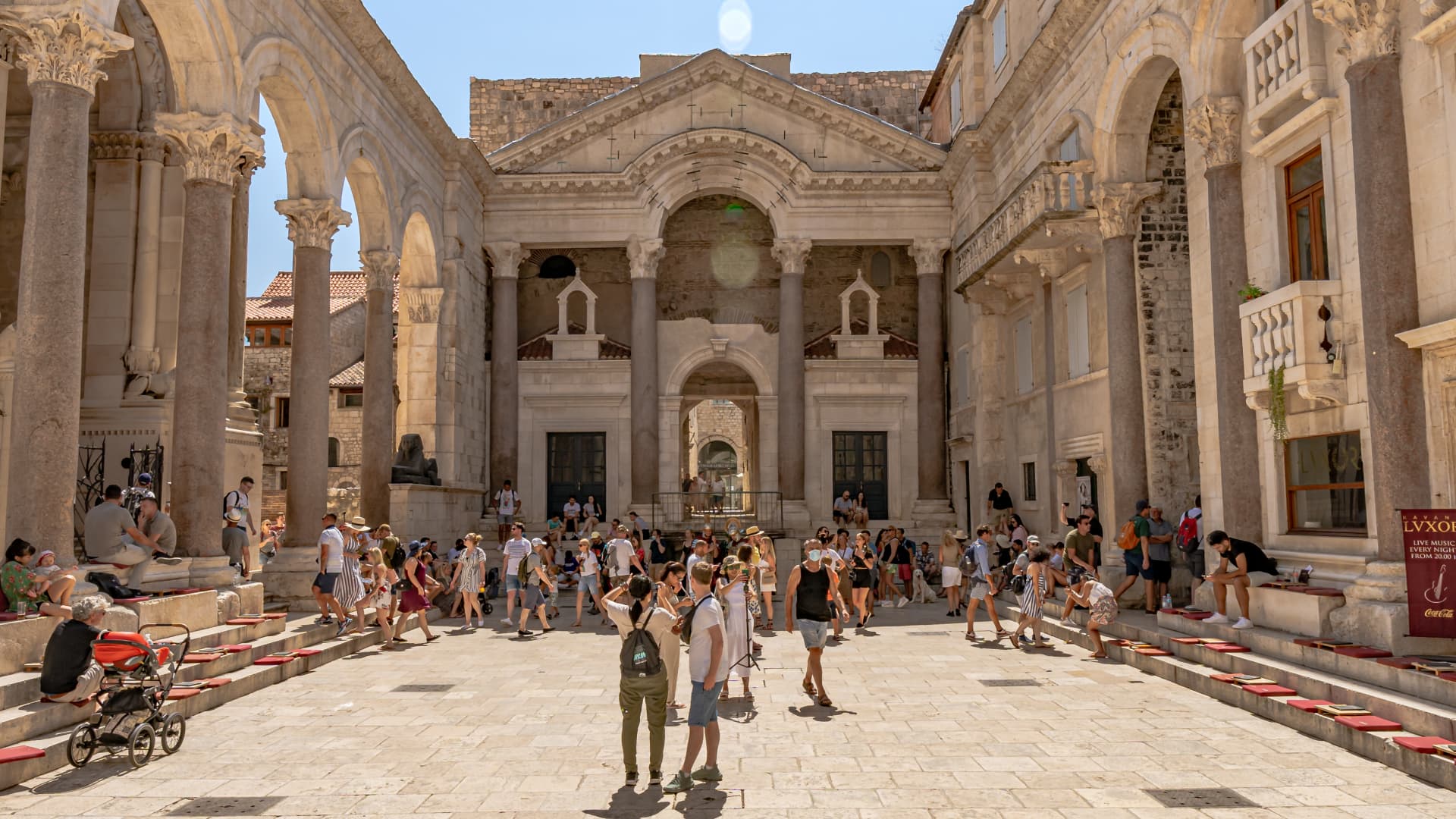
I'm also six minutes from the Riva, a waterfront promenade filled with cafés, bars restaurants and shops.
At 35, traveling has always been an essential part of my life. Since arriving in Croatia, I've taken a number of trips to see more of this endlessly beautiful country.
A few places I've been to: Zagreb (where I lived for a few months), Rijeka, Zadar, and the islands of Hvar and Brač. Most recently, I took a two-hour bus ride ($28 for a round trip) to Zaton.
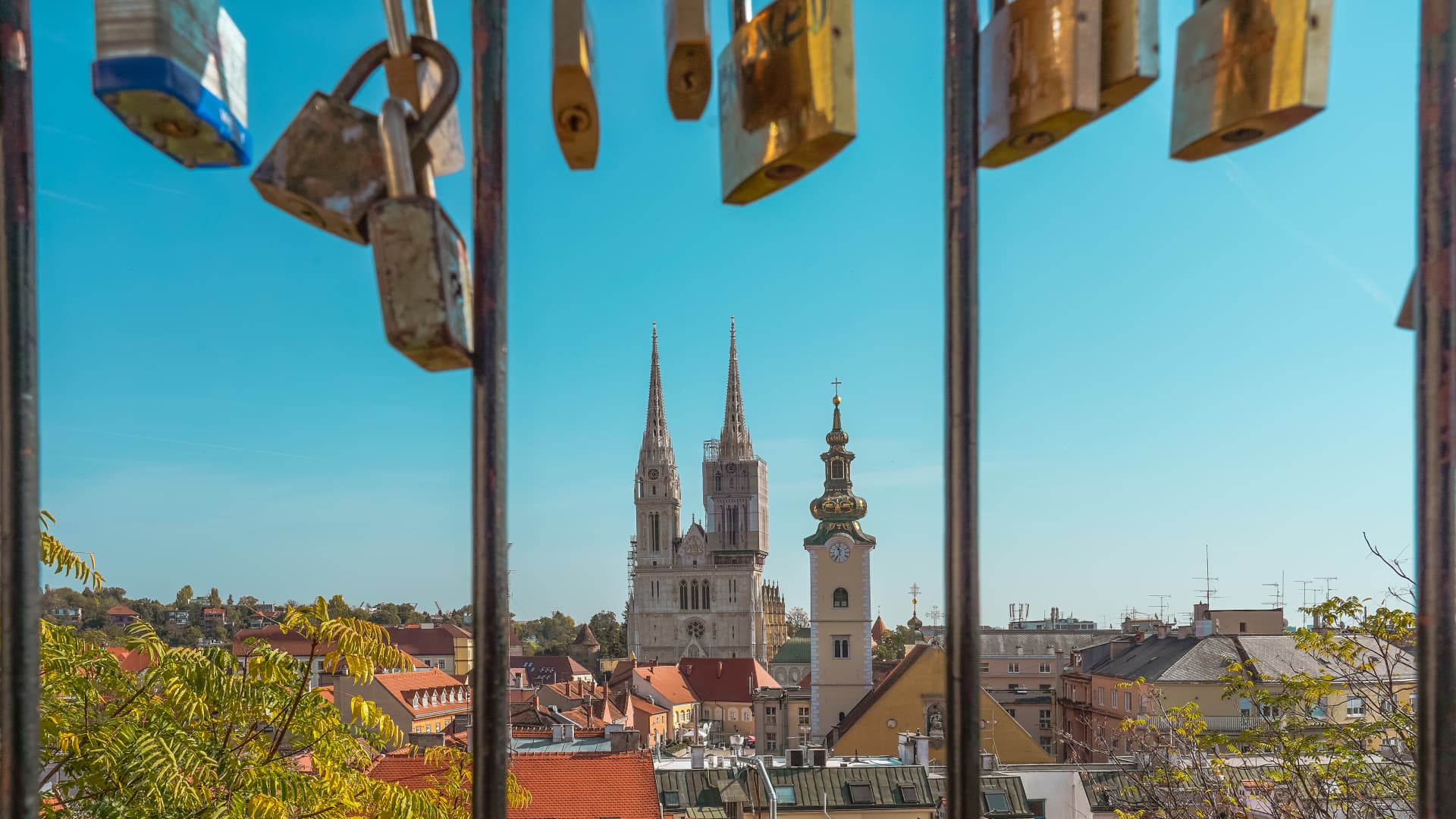
The pace of life in Croatia is dramatically different — and much more my speed — than in New Jersey. When you combine that with the affordability, friendly people, fun activities and low crime rates, there isn't much to complain about.
Continuing the nomadic life
One of the downsides of working and living abroad is missing and being far from my family and friends, so I'm hoping to take a trip back home at some point.
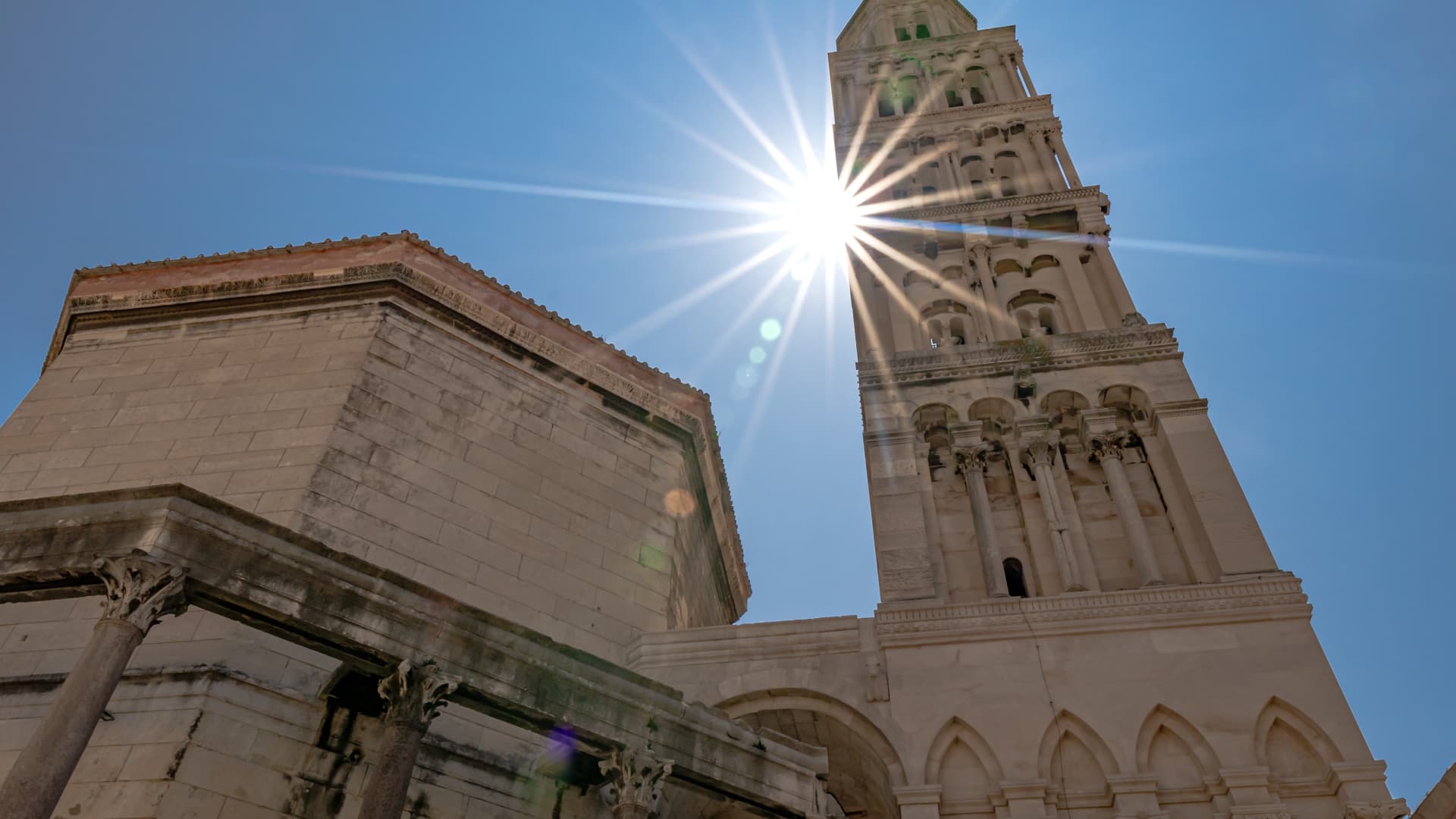
While Croatia will forever hold a place in my heart, several other countries, including Georgia and Portugal, also offer digital nomad visas. Once my permit here expires in March 2022, I plan to take advantages of those opportunities and continue the nomadic life for as long as I can.
The freedom to work from anywhere and chart your own course is a bit addictive, and the spontaneity of it is a big part of what brings me joy.
Steve Tsentserensky is a video producer, photographer and writer. He currently lives in Croatia through a digital nomad residence permit. Follow him on Instagram.
Don't miss:
- This 65-year-old retiree just moved to a $420 per month apartment in Mexico by the beach—take a look
- They left the U.S. to live the beach life: 'We now spend less than we ever did—and have no regrets'
- Retiree who left the U.S. for Mexico: 7 downsides of living in a beach town for $1,200/month
Sign up now: Get smarter about your money and career with our weekly newsletter






